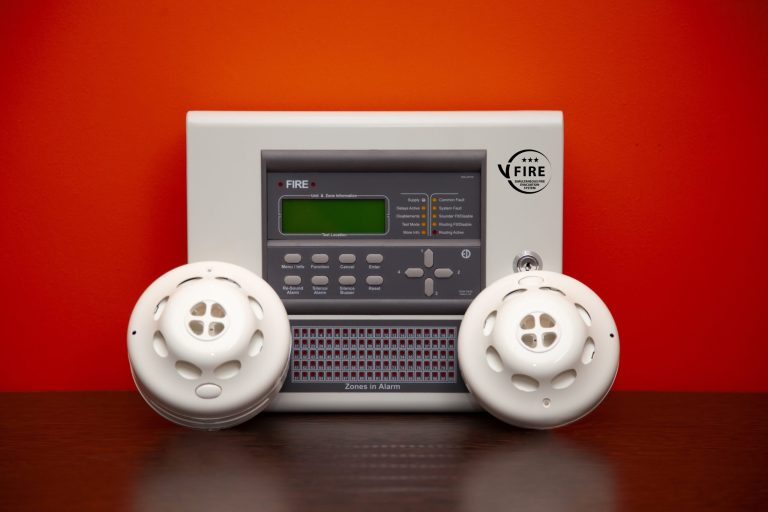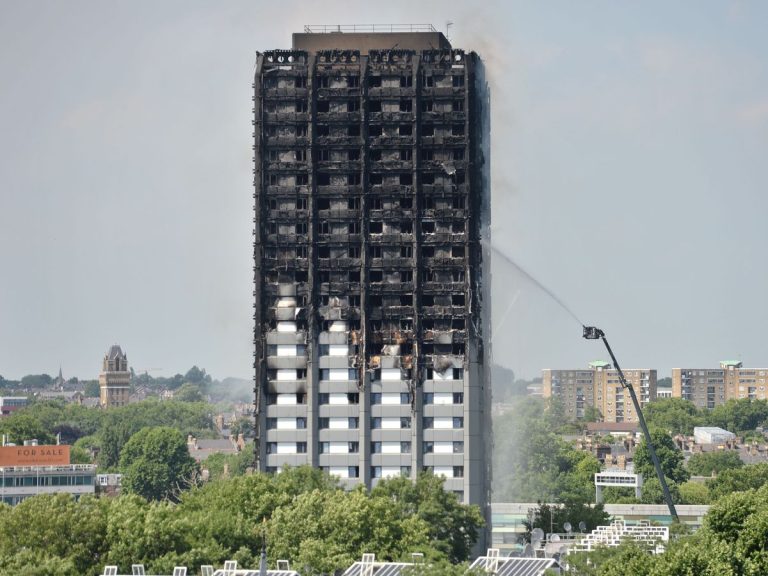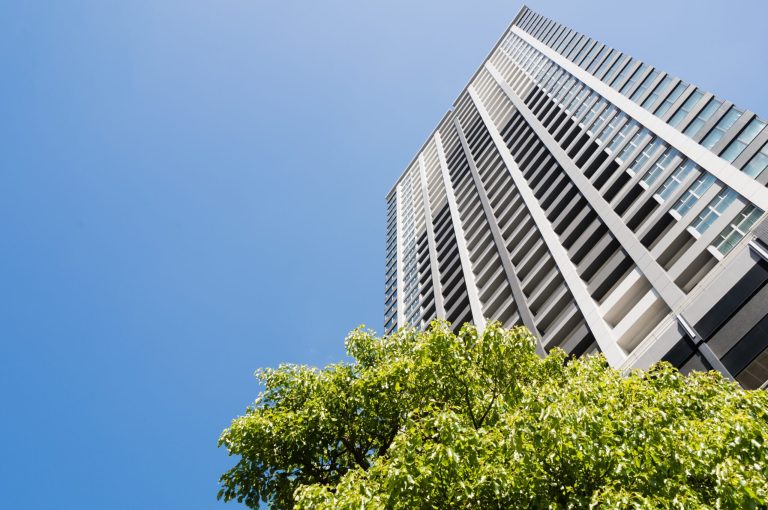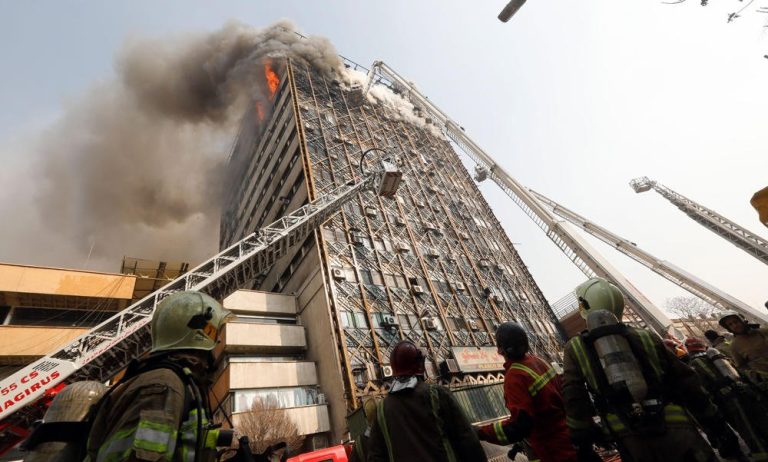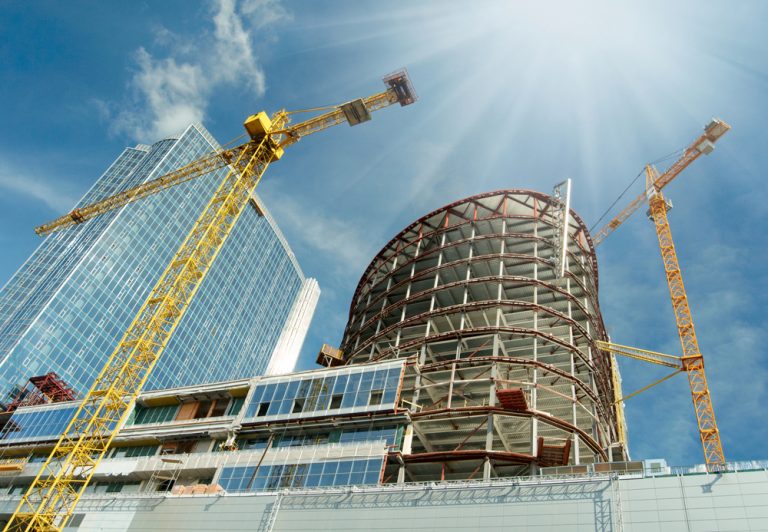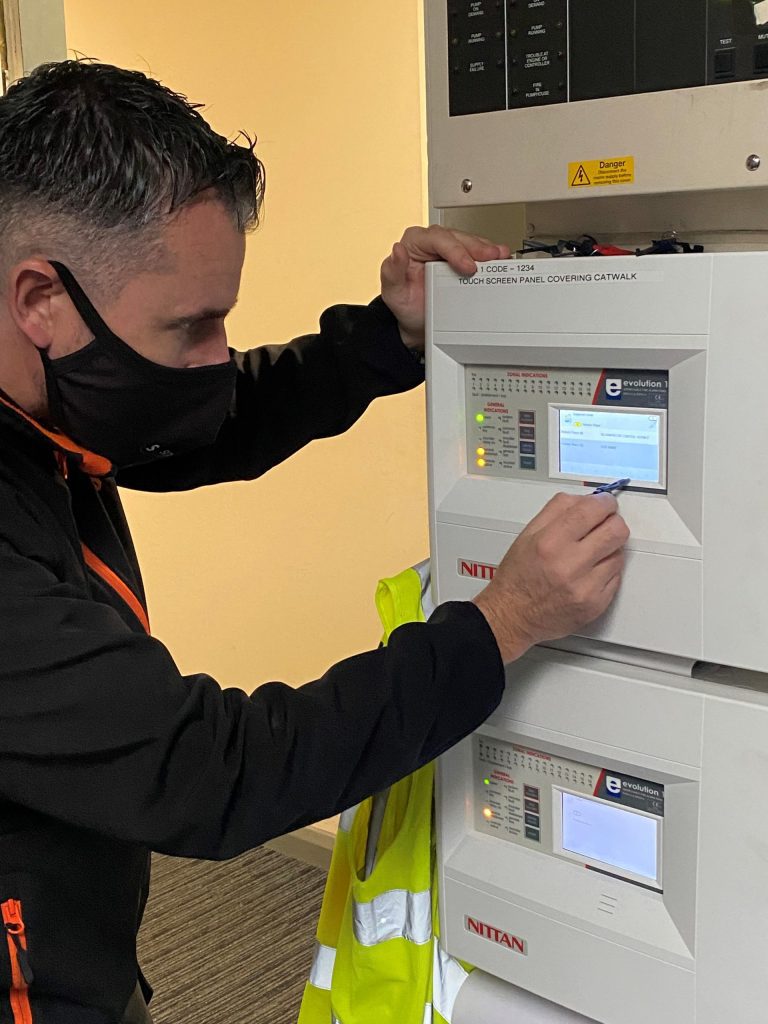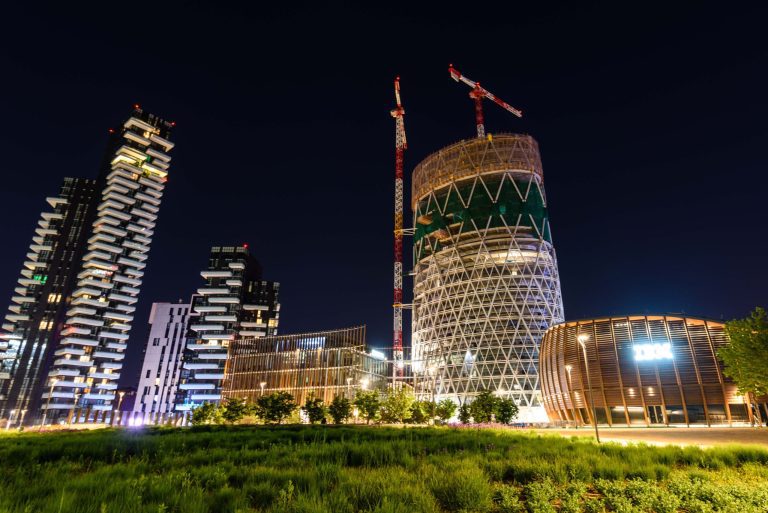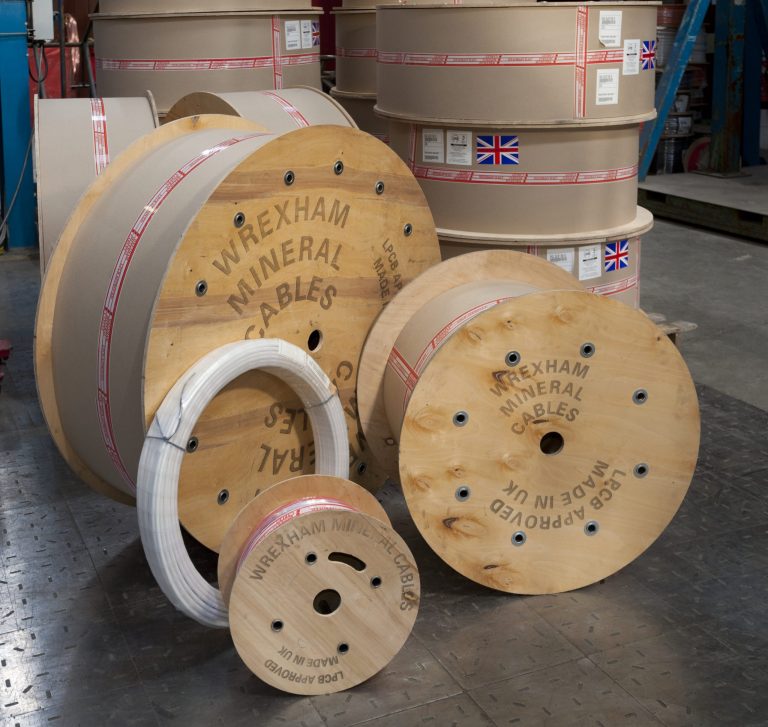In the construction sector, the leading cause of financial losses between 2016-2020 was fire – resulting in insurance claims reaching a staggering €11.3bn. With engineering and construction playing a vital role in Europe’s economic recovery amidst COVID-19, the industry can’t afford to not take the risk of fire seriously. What’s more, any fire protection measures must be robust if they are to meet the requirements of insurance providers. Nicolas Lochet, Regional Technical Manager for Allianz Global Corporate & Specialty explains the relationship between fire and insurance for the construction industry. This includes how wireless fire protection solutions can mitigate risk and support insurance cover or claims for construction sites. How has evaluating risks in construction changed over the last five years? The switch to sustainable energy and the adoption of modern building methods is already transforming the risk landscape, with radical changes in design, materials, and construction processes. These changes mean that risk engineers need to be integrated far more cohesively into each project, enabling a deeper understanding to be acquired, along with a tailored made assessment. In terms of the new kinds of risks being evaluated, there are three main areas. Firstly, modular construction is growing rapidly in pace, which brings with it enhanced exposures, particularly in the use of timber, which can breed multiple fire risks should an incident occur. Secondly, extreme weather events have caused large losses for the property insurance market in recent years, driven by climate change. Then there’s the risks associated with the digitalisation of construction. Cyber exposures, particularly from a data point of view, are of huge concern for site bosses, particularly when you take into account large-scale projects, which can have millions of data points that each have to be individually protected and managed safely. What has been the biggest headache for insurers and primary risk in construction? In our latest research document, ‘Examining the new age of construction risk’, we undertook a huge analysis over a five-year period examining the top named causes in EU engineering and construction claims between January 1, 2016 and December 31, 2020. Our analysis, of 29,640 claims, uncovered that fire was responsible for more than a quarter of the value of all construction insurance losses, toppling more than £11bn in total. Alongside this, natural hazards accounted for almost one in five claims, so the need to manage site safety from a fire accident or emergency point of view is a critical element site managers need to account for. During redevelopment/renovations, many sites are forced to disable a permanent fire alarm whilst works are ongoing. Are sites insured if they don’t use a temporary fire alarm system or waking watch during this period? Some insurers on the market may insure in this respect, but not many. Our own policy makes a temporary alarm system a mandatory or highly recommended requirement above a certain threshold of values, or total sum insured. It is also important that this is checked on a country-by-country basis, but if going through a global provider, the risks will more than likely be assessed the same regardless of region or market. Our own policy is that projects of a similar nature will require the same level of protection for all hazards. If a fire takes place on a construction site that hasn’t got a temporary fire alarm system installed, will this affect the insurance pay out? If a claim occurs and the cause and consequences are covered by the insurance contract, the insurer will pay. However, when the project is submitted, the presence or lack of a temporary fire alarm system is assessed. It is then the choice of the insurer whether or not to cover the risk. What is the average pay-out time frame once a major incident has taken place (for example, a fire, collapse, flood etc.)? Depending on the complexity of the claim, around two years is usual. Determining loss is a long and complex process, and project managers should take into account the fact that most insurers will require some pre-payment to start the work. This is why having a robust fire safety system to prevent the risk to a construction site is imperative, even whilst construction is taking place. How can construction bosses mitigate the risk of fire and how is technology changing the game? Communications technologies play an ever-increasing role in emergency response and rescue efforts, as well as overall personal safety. Apps can provide operators, staff and safety employees with one-click access to site-specific emergency protocols, resources as well as emergency notifications and access to critical information. What’s important is to train staff to use the apps, to make it intuitive in the intent to save time and lives in responding to emergency situations. This is where advanced wireless fire emergency response systems are so useful to construction sites. Using smart equipment, integrated with an IoT software platform, creates a community where workers are connected with their environment, safety managers and their wider team – helping to bring 24/7 safety to sites. Solutions like the Ramtech WES3 fire evacuation detection system eliminates the need for a hardwired power source, which is important as not all construction sites will be connected to the grid. Each unit is placed at strategic points across the site and powered by a battery, with a three-year life under normal use, to secure the job site during all phases of construction, whether electricity is available or not. When this EN54-25 compliant connected device is seamlessly integrated into cloud-based platforms, such as REACT, this then allows for real-time fire monitoring for alerts even remotely. Furthermore, these alerts can be automatically redirected to emergency authorities should the worst happen. In summary, utilising wireless technology to help protect construction sites from the risk of fire is hugely beneficial. When considering the lengthy pay-out timeframes and uncertainties over risk definitions when it comes to insurance, it makes sense to ensure that everything that can be put in place to stop a fire from happening, or to




